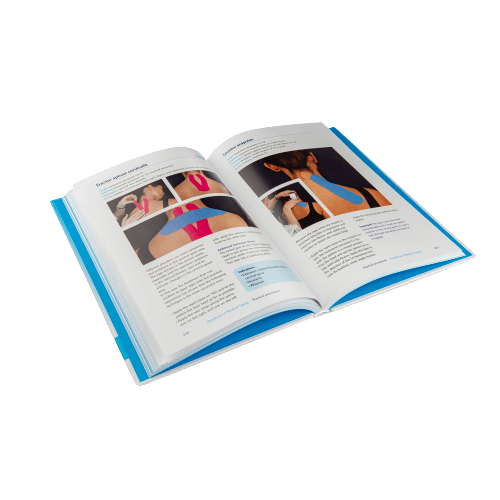The Kinesiology Taping Concept offers a straightforward taping application that can influence saliva production and the swallowing process. This technique is especially beneficial for clients with conditions such as multiple disabilities, Parkinson’s disease, Down syndrome, or those recovering from a stroke, where swallowing and saliva production are often affected.
The S-Tape for excessive saliva production and swallowing
Among speech therapists and/or orofacial physiotherapists, this tape application is known as “S-tape”. In general, the experiences in the field are positive. This tape application does not always seem to have an effect, but it is certainly worth trying. The result can be seen fairly quickly. A narrow tape is applied under the chin. By stimulating the fascial structures in this region, an influence is exerted on the muscles and nerves which control the swallowing movement and saliva production.
Get started with these items to tape for excessive drooling
-
CureTape® Beauty 2.5cm – Kinesiology Tape for face
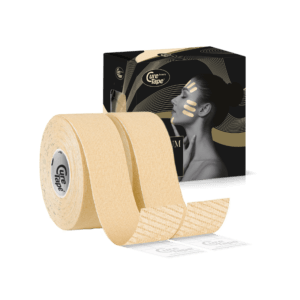 $25.95
In stockAdd to cart
$25.95
In stockAdd to cart -
CureTape® Gentle – Kinesiology Tape for sensitive skin
-15%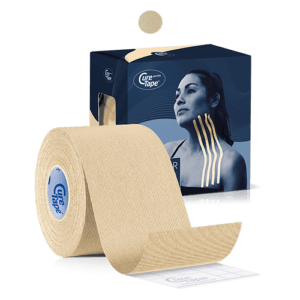 $20.36
In stockAdd to cart
$20.36
In stockAdd to cart -
CureTape® Classic Kinesiology Tape
-15%Bestseller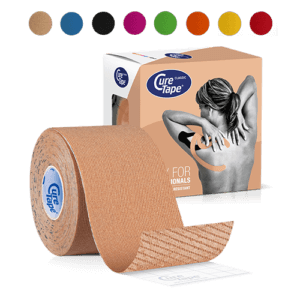 $16.96
In stockSelect options This product has multiple variants. The options may be chosen on the product page
$16.96
In stockSelect options This product has multiple variants. The options may be chosen on the product page -
Standard scissors
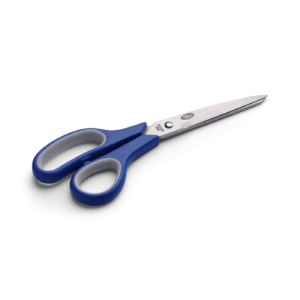 $14.95
In stockAdd to cart
$14.95
In stockAdd to cart
Case study on taping for excessive drooling from a therapist
A speech therapist at Zorggroep Apeldoorn in the Netherlands shares her best-practice experiences of two clients in taping for excessive saliva production:
Case study 1: Mrs A with Parkinson’s disease
“Mrs A has had Parkinson’s disease for some time and the neurologist has prescribed glycopyrronium to reduce the loss of saliva. Mrs A. indicates to me that she is reluctant to take another medicine. I taped Mrs. under the chin (I give the caregiver and family a basic text with instructions, this text varies per client) and instructed the caregiver about this. Immediately after placing the first tape, mrs. benefited from this; the loss of saliva decreased because mrs. started to swallow more often at rest due to the stimulation of the tape.
After several months of taping, we tried it without the tape. Mrs. does not seem to need the tape anymore now, because she is still doing well. Probably the ability to swallow at rest is so engrained in the brain that she can do it herself again.”
Casestudy 2: Mr B. idiopathic Parkinson’s disease
“Mr B has individual speech therapy for soft and unclear speech due to idiopathic Parkinson’s disease. Client complains of excessive loss of saliva at night. It is so bad that the mattress is soaking wet in the morning. After I taught Mr. and his wife to tape Mr. B before going to sleep, the complaints decreased. Mr. B has tried three colours of tape, he says that the pink tape gives the best result for him. It sticks best, it stays on all night and his pillow and mattress are not wet the next day.
He forgot the tape during a weekend away and the mattress was soaking wet again. This gentleman is still using the tape to his full satisfaction.”

Christina’s advice when taping your face
When taping your face, it’s crucial to choose a tape that provides a good adhesion and support, but is also gentle on the skin. That’s why I recommend CureTape kinesiology tape. For regular use, CureTape Classic, CureTape Beauty or Gentle is ideal. However, if don’t feel like cutting up the tape yourself, opt for our 2.5cm pre-cut rolls in both Classic 2.5cm or Beauty 2.5cm!
Instruction: How to tape for excessive saliva production
- Tape under the chin five out of seven days in the week, so that the skin is not taped all week long, and can rest once in a while
- DO NOT remove tape when it is still (mostly) stuck
- Heat up the tape between your hands, so that the tape adheres better
- Tape 2 cm. (approximately) from the chin, across the width
- Tear the paper in the middle and hold the ends firmly (a thumb width)
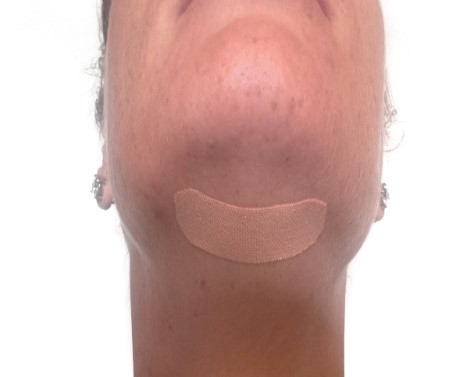
- Stretch the tape to the maximum (this is the experience with Parkinson’s patients). Tip about the use of stretching: let a therapist determine the stretching per patient and clinical picture. With children, for example, no stretch is used
- Hold the backing paper pieces back with your middle fingers so that you do not touch the tape with your fingers
- Apply the tape from the middle under the chin
- When the tape is applied, rub the tape for better adhesion
- If necessary, apply a new tape in the morning to a dry, clean (shaved) skin
- In case of irritation, remove the tape immediately
- Tip: remove the tape by first dabbing it with (baby) oil so that the tape releases itself from the skin. This prevents skin damage or blistering.
You can also opt for CureTape Gentle for sensitive skin on children or older adults.
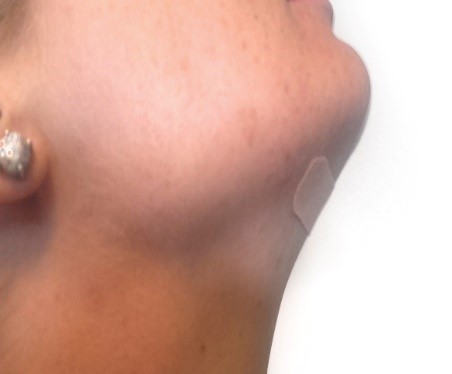
Learn how to tape
- The Ultimate Taping Guide: Focuses on self-taping for the 30 most common injuries where taping provides support.
- Kinesiology Taping Method Manual: Designed for (para medical) professionals, covering basic taping techniques and various pathologies.
- Decompressive Taping Techniques Manual: Specifically focuses on lymphatic taping methods for decompression.
What are you waiting for? Order a copy today!
THYSOL is the manufacturer of the kinesiology tape brand CureTape. As CureTape, we have been training and supplying professionals for 25 years. And consumers now know how to find us too! By manufacturing all our tapes in our own factory, we can guarantee the best quality!
Please note that the indicated tape applications and information on our website about the possibilities with kinesiology tape have not yet been scientifically proven. The statements and examples mentioned are based on long-term experiences of patients and trained therapists.
Contraindications not to tape: pregnancy, open wounds, broken bones, unexplained complaints, allergies and skin diseases, use of medication such as blood thinners, thrombosis and fever. Always apply tape in consultation with a specialist.

